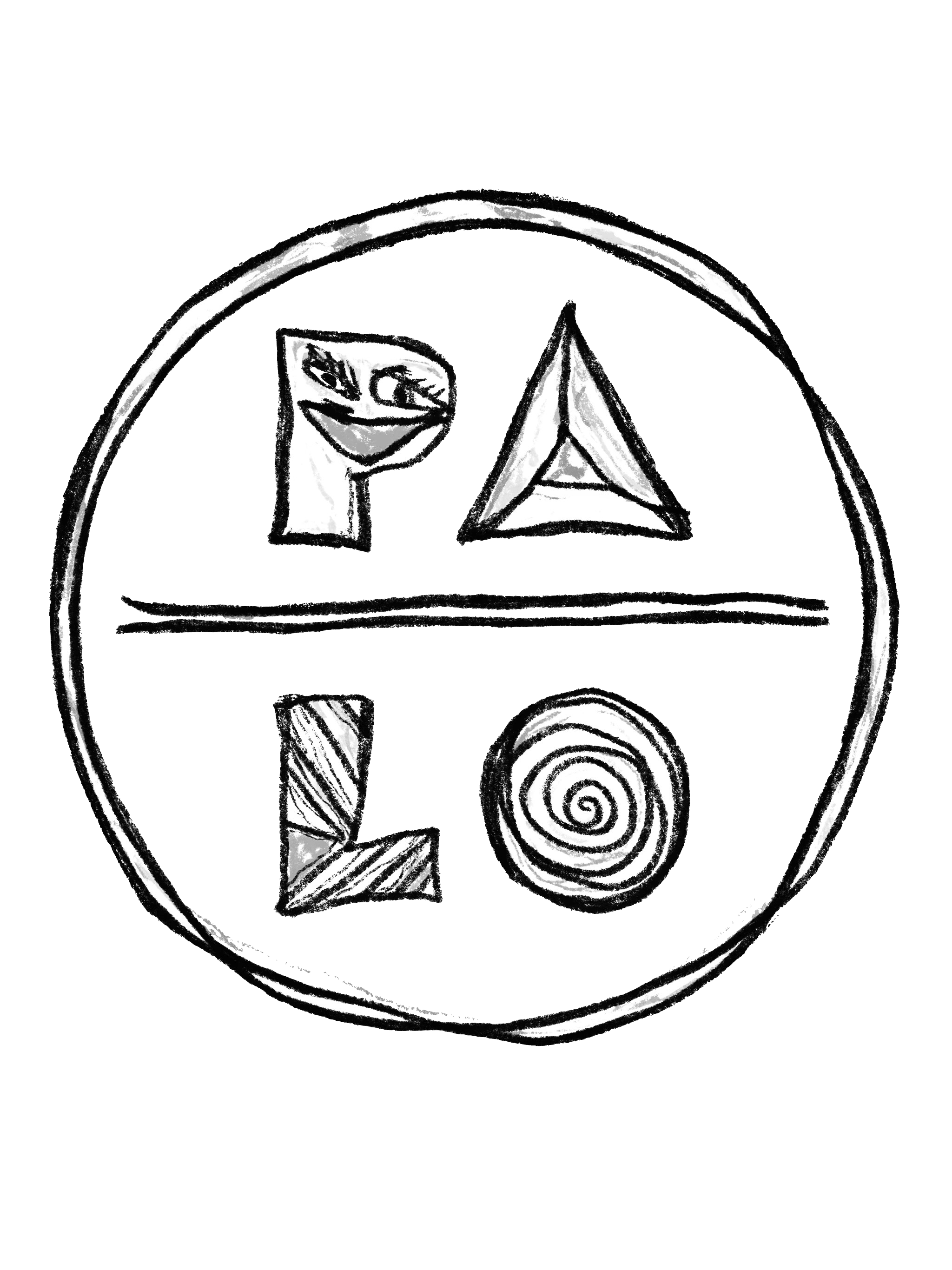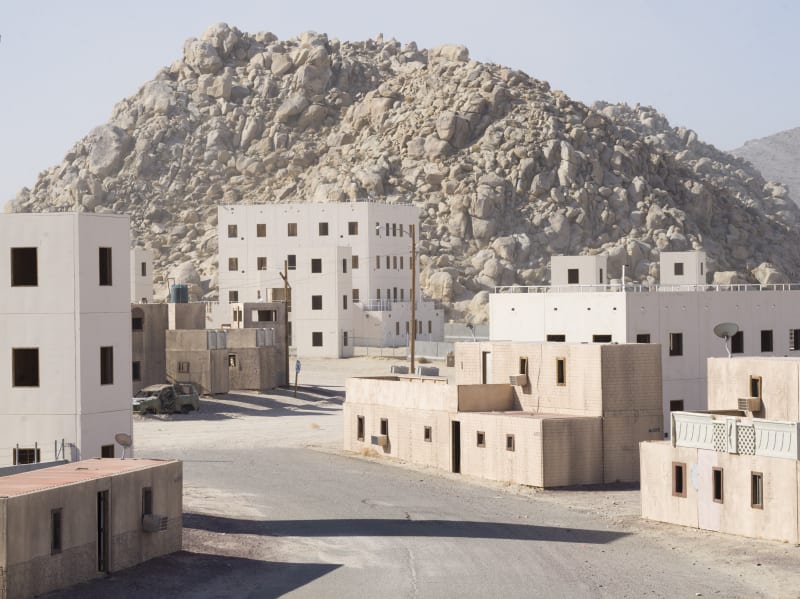Simulation theory became a hot topic a few years back when physicists started talking openly about how reality as we know it might be virtual and we all found out that the CIA was open to the possibility. On social media, people started sharing snapshots that ostensibly proved we’re living in a computer simulation—real-life glitches in the Matrix. Buzzfeed fodder? Absolutely. But also significant on several levels in an era in which conspiracy theories are widely disseminated, news is easily faked, reality is increasingly virtualized and technology like Midjourney can generate any image the human mind can imagine.
Maybe the question we should be asking is not “Are we living in a simulation?” but rather “What is reality?” Where should we draw the line between what is real and what is unreal when the distinction gets blurrier every day? It’s a line of inquiry the artist duo Andrea Orejarena and Caleb Stein explore in “American Glitch,” which will go on view in an exhibition at New York City’s Palo Gallery in February and then as part of “Tactics & Mythologies” at the Deichtorhallen Museum in Hamburg in September. It will also be released in book form by Gnomic Book next month.
Orejarena & Stein spent years mining the internet for shared pictorial evidence of ‘glitches,’ researching the locations where photos were taken and then traveling to them to take their own uncanny photographs that make up the body of work that is “American Glitch.” The result is a collection of photographs made with a large-format camera and manipulated with Adobe Photoshop and AI tools juxtaposed with images sourced from the internet.
“Amidst an inundation of digital images, Orejarena & Stein exist at the juncture where hope and truth are still alive,” end the Palo exhibition notes. It’s a compelling coda and one that raises questions about how one can nurture an outlook of positivity among the proliferation of fake news that is largely negative. But it’s worth pointing out that the artists found more than just interesting imagery on their virtual and real-life glitch journeys. They also discovered virtual communities that fostered real connections, suggesting that drawing a dividing line between what’s real and what’s not might just be more complex and more challenging than is generally assumed.
Observer caught up with Orejarena & Stein, who have works in the J. Paul Getty Museum; Museum of Fine Arts, Houston; MoMA’s library collection and the Metropolitan Museum of Art’s library collection, to talk about perception, glitches and what it’s like working as a duo.
What can you tell us about what inspired “American Glitch”?
“American Glitch” looks at the slip between fact and fiction and how this manifests in the U.S. landscape, which is our adopted home. We were inspired by an ocean of information that leaves us perpetually asking what’s real and what’s fake. In an era defined by screens, conspiracy theories, and the advent of the Metaverse, the notion that we exist within a simulation has become increasingly popular, often in a satirical collective protest to late-stage capitalism, disinformation and increased dependence on technology. This notion that we’re living in a simulation appears online where images are posted as personal evidence of spotting a ‘glitch in real life’. This vernacular builds on ideas explored in movies like ‘The Matrix’ and ‘The Truman Show’. The notion of a glitch reflects a generation’s experience where the digital and physical worlds are merging. We spent years treating the internet as our collective subconscious, collecting posts on social media and Reddit threads of people’s “evidence of glitches in real life”. These threads and images become a place for a new form of community and connection across time and space. We then photograph sites around the U.S. that remind us or people on the internet of real-life glitches.
In terms of the title, it was important for us to acknowledge the longstanding tradition of photographing the American social landscape and mythologies surrounding the photographer who sets out on the open road. In some ways, this work is an act of placemaking and a way of orienting ourselves in our new home.
How long did collecting the images take? What were the most difficult images to obtain?
The first year and a half of this project was focused on amassing an archive of glitches in real-life images, stories, and videos. With “American Glitch” we see ourselves as artists and researchers. We see this collecting of found images as a collaboration of sorts with the internet and our collective consciousness. The process was like a deep dive into a labyrinth of imaginative, poetic fragments shared by anonymous people from around the world. Although immensely time-consuming the process was not difficult, we took as long as we needed to immerse ourselves in this language and research without fixed conceptions of how to proceed with our work. That flexibility and curiosity are key for us to strive for.
From this archive, we were able to determine sites that we wanted to photograph ourselves that had been described as glitches in real life in the U.S. landscape. We also use this archive to generate site-specific installations that weave together our photographs with the archive. It is critical to the conceptual integrity of the work that they are shown in conversation with each other, using installation as a medium for collage, because the project is hugely about the collective.
What are your thoughts on the idea that inspires some people to share “glitches”—specifically, that we’re truly living in a simulation?
We see a lot of discourse surrounding disinformation, late-stage capitalism and our increased dependence on technology. For us, the satirical use of glitch and simulation, and the broader use of humor and play, shows resilience and collective self-awareness. Jungian ideas of synchronicities and our broader shared sensations of deja vu, spotting a doppelgänger, or collective misremembering of the same thing through a Mandela effect all share a tie that unify us. The notions of glitch and simulation feel like fruitful frameworks through which to question human perception.
I think the replica Iraqi city is one of the most compelling in the series, but do you have a favorite glitch?
One of our favorites is the view of the Mars Desert Research Center in Utah. Scientists and space enthusiasts from all over the world gather here for several weeks at a time to simulate life on Mars. If you want to go outside you need to wear an astronaut suit. You eat dehydrated space food. We photographed the exterior of MDRS in 2021, and in November we returned for a commission from The New York Times and participated in the simulation for five days. One of the most touching moments, and our favorite photograph, shows an astronaut conducting a memorial for his friend who always wanted to go to Mars.
Finally, what’s it like working together?
We love working together. We’ve been collaborating for years, so we have a shared visual shorthand that makes it easy to work with each other. We constantly share photos with each other when we come across something that we like, whether it’s art, chairs, or even wall moldings— and the funniest ones are the ones we find ourselves circling back to.
Our process is straightforward; we use one camera and work together from the conceptual development of the project to the composition of the photo and final edits. And we allow each project to develop as we go. It almost feels like our artist duo is its own artist in the sense it’s not work that either of us would be able to make on our own and it isn’t necessarily a combination of our individual work either. Instead, it has an emergent component to it and is more than the sum of its parts.
Often we hear our peers talk about photography as a lonely medium, but it really doesn’t have to be. We love collaborating with each other and others.
“American Glitch” opens at Palo Gallery on February 9 and will be on view through April 6. The gallery will host a public talk with Orejana & Stein and David Campany on February 27.


